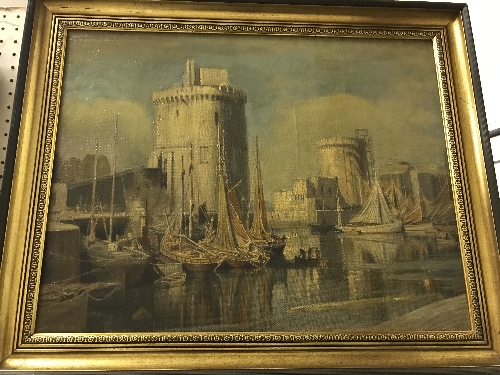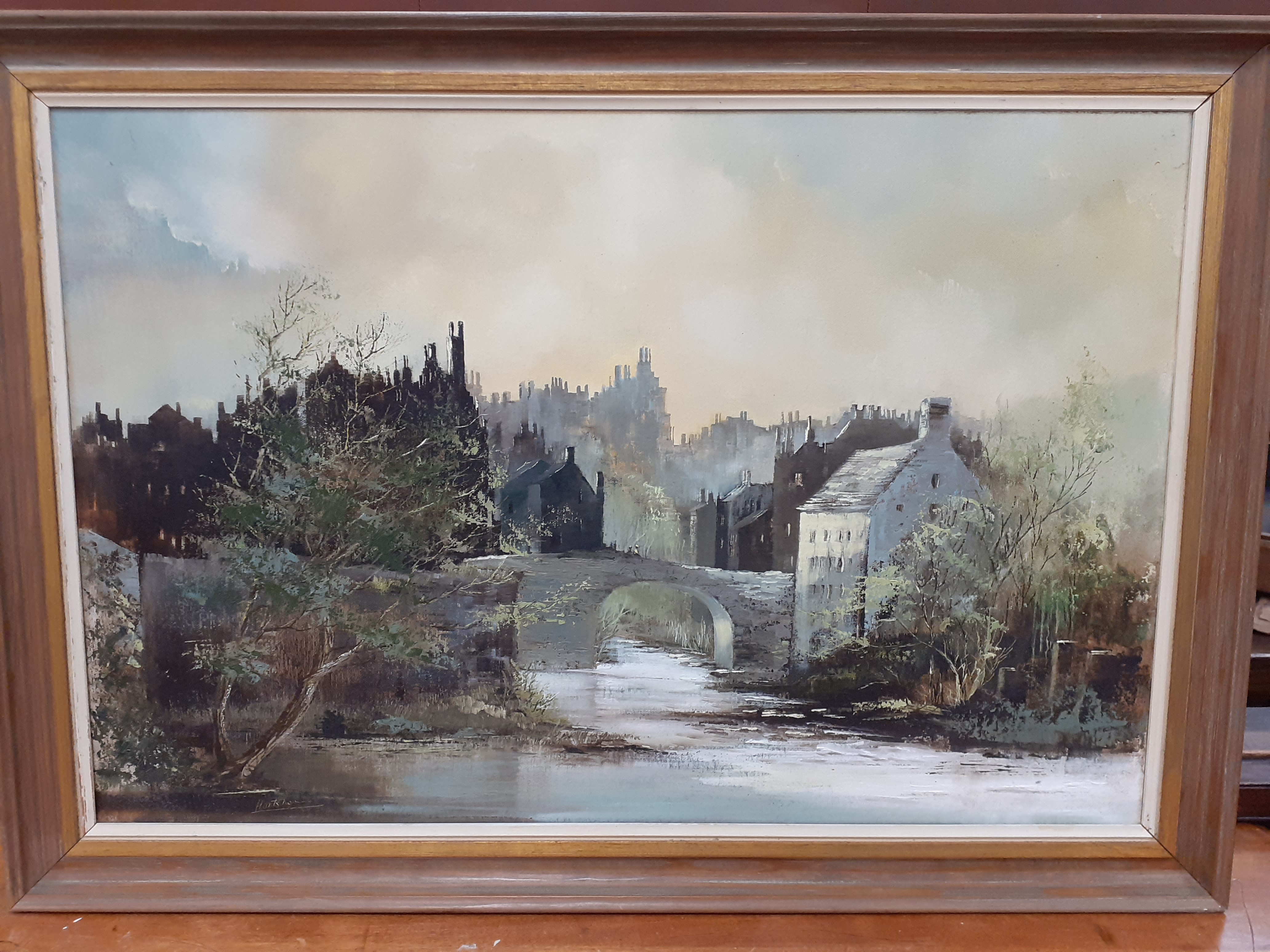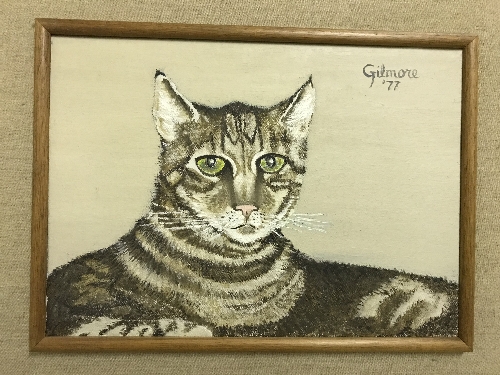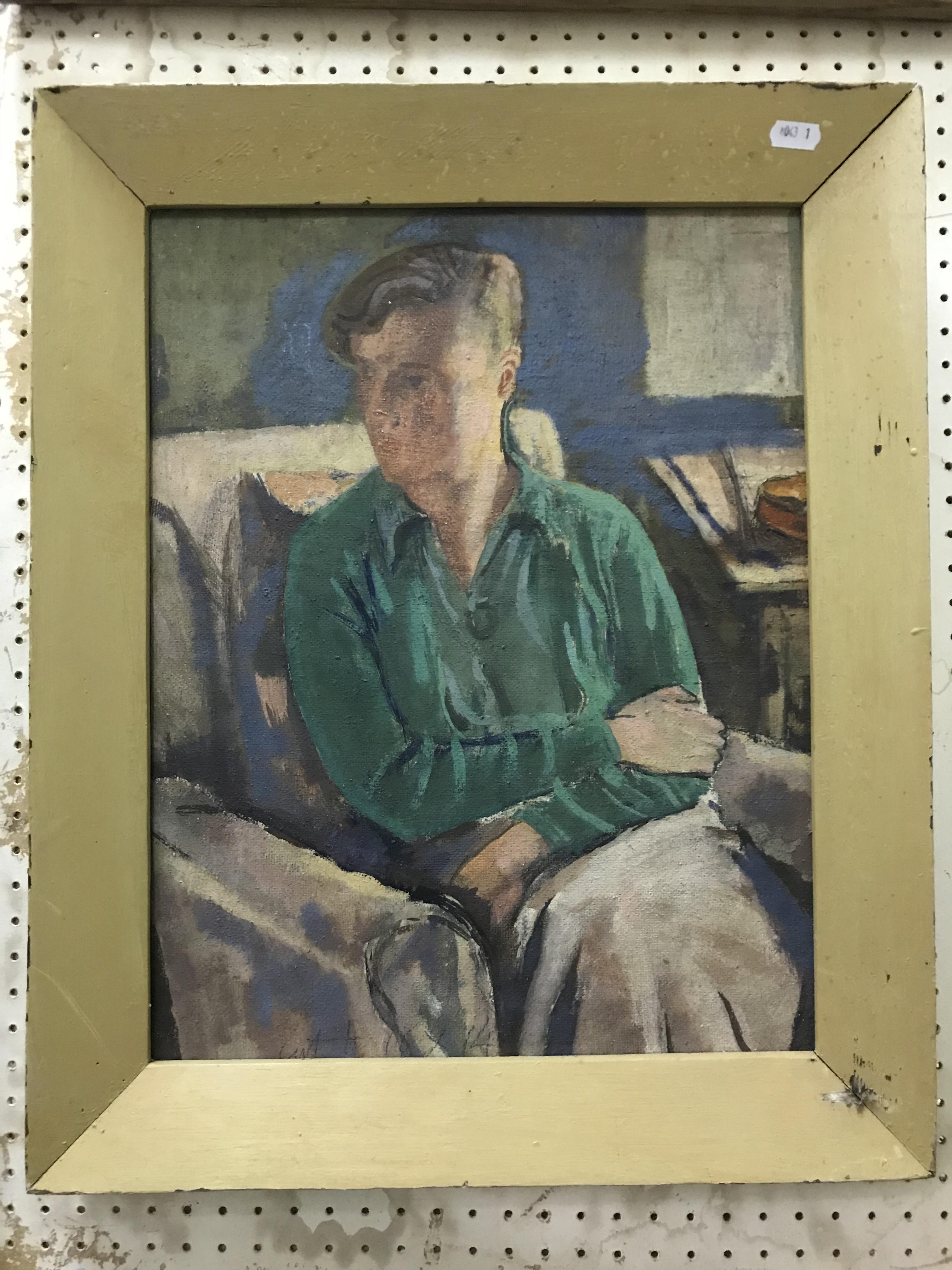Oil on canvas Signed, titled and dated 1966 on the reverse 71 x 71 cm. (27 7/8 x 27 7/8 in) Wojciech Fangor was one of the most influential artists to emerge from post-war Poland. His distinctive blurred circles and cloud-like formations came to the notice of an American audience in the 1960s when it was included in “15 Polish Painters” (1961) at the Museum of Modern Art, New York and then four years later alongside Bridget Riley and Frank Stella in the seminal Op-Art exhibition “The Responsive Eye”, also at MoMa. These vibrant and densely coloured compositions were reminiscent of Color Field painting although in truth their inspiration was significantly different. Whilst Color Field artists such as Robert Motherwell Frank Stella and Barnett Newman were primarily concerned with the application of colour on the flat picture plane, Fangor took his cue from an exploration of architecture. In the 1950s he had collaborated with an architect friend, Stanislaw Zamecznik on ideas about space, colour and public interaction.This culminated in an exhibition in 1958 entitled ‘Study for a Space’ considered to one of the first environmental exhibitions.Fangor was interested in the effect that the painting had on the space between the viewer and the canvas and the way in which this changed the viewer’s perception of their environment. In the later 1960s, after emigrating to the United States, he became a key figure in the Op-Art movement continuing to develop his theories on light and colour. In 1970, he was the first Polish artist to have a solo show at the Guggenheim Museum in New York. Between 1965 and 1966, prior to leaving for the United States, Fangor came to teach at Corsham Court in Wiltshire and the present painting dates from him time there. It is a dazzling example of a painter at the height of his powers with the colours merging enticingly before the viewer’s eyes. At once, somewhat unsettling to the vision, the simplicity and purity of form produce an almost hypnotic effect. Fangor was born to a wealthy family in Warsaw in 1922 and took private lessons from artists Tadeusz Pruszkowski and Felicjan Kowarski After the end of the Second World War, when social realism became the ‘official’ style of Communist Poland, Fangor produced a number of political paintings which have since become regarded as some of the most canonical examples of Polish social realism. Condition report disclaimer
Oil on canvas Signed, titled and dated 1966 on the reverse 71 x 71 cm. (27 7/8 x 27 7/8 in) Wojciech Fangor was one of the most influential artists to emerge from post-war Poland. His distinctive blurred circles and cloud-like formations came to the notice of an American audience in the 1960s when it was included in “15 Polish Painters” (1961) at the Museum of Modern Art, New York and then four years later alongside Bridget Riley and Frank Stella in the seminal Op-Art exhibition “The Responsive Eye”, also at MoMa. These vibrant and densely coloured compositions were reminiscent of Color Field painting although in truth their inspiration was significantly different. Whilst Color Field artists such as Robert Motherwell Frank Stella and Barnett Newman were primarily concerned with the application of colour on the flat picture plane, Fangor took his cue from an exploration of architecture. In the 1950s he had collaborated with an architect friend, Stanislaw Zamecznik on ideas about space, colour and public interaction.This culminated in an exhibition in 1958 entitled ‘Study for a Space’ considered to one of the first environmental exhibitions.Fangor was interested in the effect that the painting had on the space between the viewer and the canvas and the way in which this changed the viewer’s perception of their environment. In the later 1960s, after emigrating to the United States, he became a key figure in the Op-Art movement continuing to develop his theories on light and colour. In 1970, he was the first Polish artist to have a solo show at the Guggenheim Museum in New York. Between 1965 and 1966, prior to leaving for the United States, Fangor came to teach at Corsham Court in Wiltshire and the present painting dates from him time there. It is a dazzling example of a painter at the height of his powers with the colours merging enticingly before the viewer’s eyes. At once, somewhat unsettling to the vision, the simplicity and purity of form produce an almost hypnotic effect. Fangor was born to a wealthy family in Warsaw in 1922 and took private lessons from artists Tadeusz Pruszkowski and Felicjan Kowarski After the end of the Second World War, when social realism became the ‘official’ style of Communist Poland, Fangor produced a number of political paintings which have since become regarded as some of the most canonical examples of Polish social realism. Condition report disclaimer















Try LotSearch and its premium features for 7 days - without any costs!
Be notified automatically about new items in upcoming auctions.
Create an alert